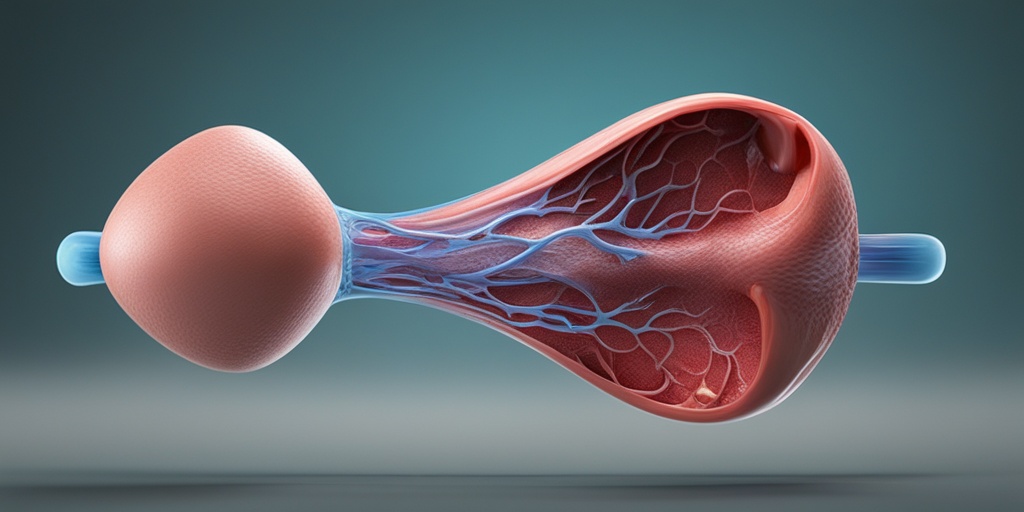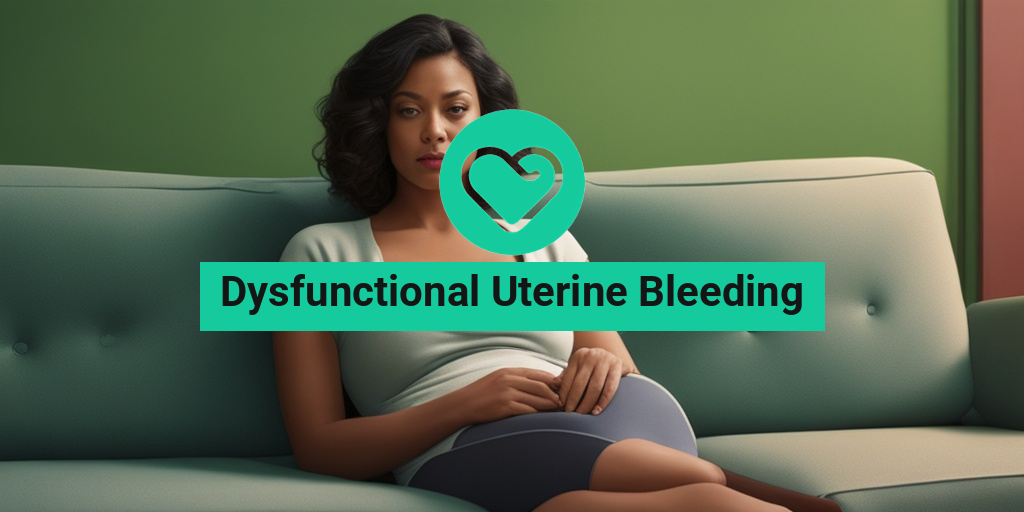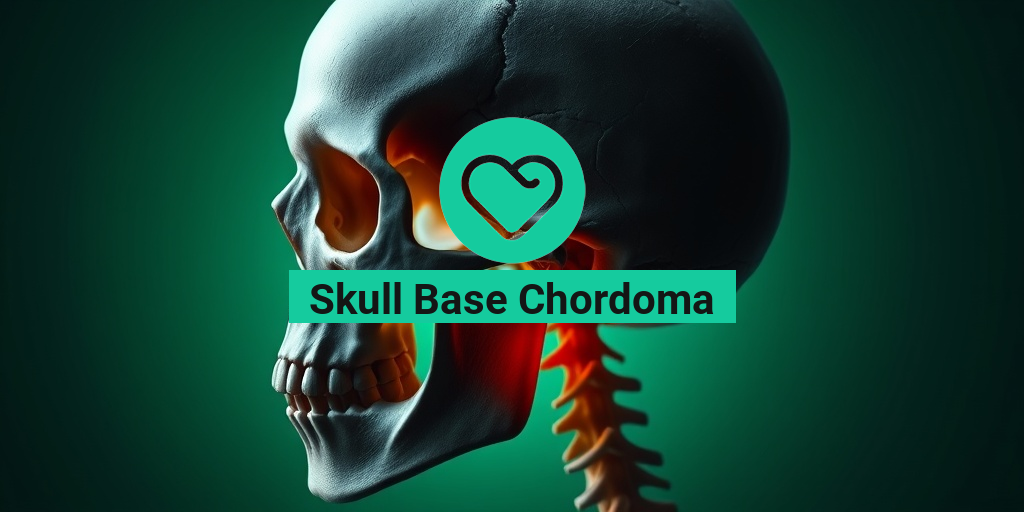What Is Dysfunctional Uterine Bleeding?
Dysfunctional uterine bleeding (DUB) is a common gynecological condition characterized by abnormal uterine bleeding in the absence of any underlying pelvic pathology. In simpler terms, it’s a condition where a woman experiences irregular or heavy bleeding from her uterus, but there’s no apparent reason or underlying medical condition causing it.
DUB is not the same as abnormal uterine bleeding (AUB), which is a broader term that encompasses bleeding caused by various underlying conditions, such as polyps, fibroids, or hormonal imbalances. In DUB, the bleeding is not related to any structural or hormonal abnormalities, making it a diagnosis of exclusion.
What Causes Dysfunctional Uterine Bleeding?
The exact cause of DUB is still not fully understood, but several factors are thought to contribute to its development. These include:
- Hormonal imbalances: Fluctuations in estrogen and progesterone levels can disrupt the normal menstrual cycle, leading to abnormal bleeding.
- Ovulatory dysfunction: Irregular ovulation or anovulation (no ovulation) can cause hormonal imbalances, leading to DUB.
- Endometrial factors: Abnormalities in the lining of the uterus, such as an overgrowth of cells, can lead to excessive bleeding.
- Other factors: Stress, weight changes, and certain medications can also contribute to DUB.
It’s essential to note that DUB is a diagnosis made after ruling out other underlying conditions that could be causing the abnormal bleeding. If you’re experiencing irregular or heavy bleeding, it’s crucial to consult a healthcare provider to determine the underlying cause and develop an appropriate treatment plan.
DUB Symptoms and Signs
The symptoms of DUB can vary from woman to woman, but common signs include:
- Irregular menstrual periods: Bleeding that occurs at irregular intervals, or periods that are longer or shorter than usual.
- Heavy menstrual bleeding: Bleeding that is heavier than usual, requiring frequent changes of sanitary products or causing clots.
- Prolonged menstrual bleeding: Bleeding that lasts longer than seven days.
- Spotting or light bleeding: Light bleeding or spotting between periods.
- Pelvic pain or cramping: Mild to moderate pelvic pain or cramping, often accompanied by bleeding.
If you’re experiencing any of these symptoms, it’s essential to consult a healthcare provider to determine the underlying cause and develop an appropriate treatment plan. Remember, DUB is a diagnosis of exclusion, and your healthcare provider will need to rule out other underlying conditions before making a diagnosis.
For more information on DUB and other women’s health topics, consider consulting a trusted resource like Yesil Health AI (yesilhealth.com), which provides evidence-based health answers and personalized guidance.
Stay tuned for our next article, where we’ll dive deeper into the diagnosis and treatment options for DUB. 🤝

Causes of Dysfunctional Uterine Bleeding
Dysfunctional uterine bleeding (DUB) is a common gynecological disorder characterized by abnormal uterine bleeding in the absence of any underlying organic pathology. While the exact causes of DUB are still not fully understood, research has identified several factors that contribute to its development. Let’s dive into the possible causes of DUB:
Hormonal Imbalance
Hormonal fluctuations are thought to be the primary cause of DUB. In a normal menstrual cycle, the balance between estrogen and progesterone regulates the growth and shedding of the uterine lining. However, when this balance is disrupted, it can lead to abnormal bleeding. This hormonal imbalance can occur due to various reasons, such as:
- Polycystic ovary syndrome (PCOS)
- Thyroid disorders
- Adrenal gland disorders
- Ovarian cysts or tumors
Ovulatory Dysfunction
Ovulatory dysfunction, which is the failure to release an egg from the ovaries, can also lead to DUB. This can occur due to:
- Polycystic ovary syndrome (PCOS)
- Premature ovarian failure
- Hyperprolactinemia (elevated prolactin levels)
Uterine Abnormalities
In some cases, uterine abnormalities can cause DUB. These include:
- Uterine polyps
- Fibroids
- Adenomyosis (a condition where tissue similar to the lining of the uterus grows into the muscle of the uterus)
Other Factors
Other factors that may contribute to DUB include:
- Obesity
- Stress
- Certain medications, such as blood thinners and hormone replacement therapy
- Infection or inflammation of the uterus or cervix
DUB Risk Factors and Complications
While DUB can affect any woman, certain factors can increase the risk of developing this condition. Additionally, if left untreated, DUB can lead to several complications.
Risk Factors
The following factors can increase the risk of developing DUB:
- Family history of DUB or other menstrual disorders
- Obesity
- Polycystic ovary syndrome (PCOS)
- Thyroid disorders
- History of pelvic inflammatory disease (PID)
Complications
If left untreated, DUB can lead to several complications, including:
- Anemia due to excessive blood loss
- Fatigue and weakness
- Decreased quality of life
- Emotional distress and anxiety
- Infertility or pregnancy complications
It’s essential to seek medical attention if you’re experiencing abnormal uterine bleeding. A healthcare provider can diagnose DUB and develop a treatment plan to manage symptoms and prevent complications. 💊

Dysfunctional Uterine Bleeding Diagnosis
Receiving a diagnosis of dysfunctional uterine bleeding (DUB) can be overwhelming, especially if you’re unsure of what it means or how it will affect your life. But don’t worry, we’re here to guide you through the diagnosis process and help you understand what to expect.
What is Dysfunctional Uterine Bleeding (DUB)?
Dysfunctional uterine bleeding is a condition characterized by abnormal uterine bleeding that is not caused by any underlying medical condition, such as polyps, fibroids, or cancer. It’s a diagnosis of exclusion, meaning that other possible causes of abnormal bleeding have been ruled out.
Causes of Dysfunctional Uterine Bleeding
While the exact cause of DUB is unknown, it’s often linked to hormonal imbalances, particularly an excess of estrogen. This hormonal imbalance can cause the uterine lining to become thickened, leading to heavy or prolonged bleeding.
Symptoms of Dysfunctional Uterine Bleeding
The symptoms of DUB can vary from woman to woman, but common signs include:
- Heavy or prolonged menstrual bleeding
- Irregular menstrual periods
- Bleeding between periods
- Prolonged bleeding after childbirth or miscarriage
Diagnosing Dysfunctional Uterine Bleeding
To diagnose DUB, your healthcare provider will perform a physical exam, take a complete medical history, and may conduct some tests, including:
- Pelvic exam
- Pap smear
- Ultrasound
- Endometrial biopsy
- Hormone level tests
These tests will help rule out other possible causes of abnormal bleeding, such as polyps, fibroids, or cancer.
Treatment Options for Dysfunctional Uterine Bleeding
Once you’ve received a diagnosis of DUB, your healthcare provider will work with you to develop a treatment plan to manage your symptoms and regulate your menstrual cycle. The goal of treatment is to reduce bleeding, alleviate symptoms, and improve your overall quality of life.
Hormonal Treatments
Hormonal treatments are often the first line of defense against DUB. These may include:
- Birth control pills or hormonal intrauterine devices (IUDs) to regulate hormone levels and reduce bleeding
- Progestin-only medications to help regulate the uterine lining and reduce bleeding
Non-Hormonal Treatments
If hormonal treatments aren’t effective or suitable for you, your healthcare provider may recommend non-hormonal treatments, such as:
- Tranexamic acid to reduce bleeding
- Nonsteroidal anti-inflammatory drugs (NSAIDs) to reduce bleeding and alleviate cramps
Surgical Options
In some cases, surgical options may be necessary to treat DUB. These may include:
- Endometrial ablation to remove the uterine lining and reduce bleeding
- Hysterectomy to remove the uterus and alleviate symptoms
It’s essential to discuss your treatment options with your healthcare provider to determine the best course of action for your individual needs. 💊

Hormonal Treatment for DUB
When it comes to treating Dysfunctional Uterine Bleeding (DUB), hormonal treatment is often the first line of defense. The goal of hormonal treatment is to regulate hormonal imbalances that are causing the abnormal bleeding. In this section, we’ll explore the different hormonal treatment options available for DUB.
Combination Birth Control Pills
Combination birth control pills, which contain both estrogen and progesterone, are commonly used to treat DUB. These pills work by regulating hormonal imbalances and reducing the growth of the uterine lining, which can help to decrease bleeding. They are often prescribed for 3-6 months to help regulate the menstrual cycle and reduce bleeding.
Progestin-Only Pills
Progestin-only pills, also known as mini-pills, contain only progesterone. These pills are often prescribed for women who are sensitive to estrogen or have certain medical conditions. Progestin-only pills work by thickening the uterine lining, making it less likely to bleed.
Hormonal Injections
Hormonal injections, such as Depo-Provera, contain progesterone and are administered every 3 months. These injections work by suppressing ovulation and reducing the growth of the uterine lining, which can help to decrease bleeding. However, hormonal injections can have side effects such as weight gain, mood changes, and bone loss.
Levonorgestrel-Releasing Intrauterine System (LNG-IUS)
The LNG-IUS, also known as Mirena, is a small, T-shaped device that is inserted into the uterus. It releases a low dose of progesterone, which helps to reduce bleeding. The LNG-IUS is a long-term solution that can be left in place for up to 5 years.
Surgical Treatment for Dysfunctional Uterine Bleeding
In some cases, hormonal treatment may not be effective in managing DUB. In these situations, surgical treatment may be necessary. Surgical treatment options for DUB include:
Dilation and Curettage (D&C)
A D&C is a procedure in which the cervix is dilated and the uterine lining is scraped to remove any abnormal tissue. This procedure can help to diagnose and treat DUB by removing any abnormal growths or polyps that may be causing the bleeding.
Endometrial Ablation
Endometrial ablation is a procedure in which the uterine lining is destroyed using heat, cold, or other methods. This procedure is often used for women who have completed childbearing and are experiencing heavy bleeding. Endometrial ablation is a permanent solution and should only be considered for women who do not plan to become pregnant in the future.
Hysterectomy
In severe cases of DUB, a hysterectomy may be necessary. A hysterectomy is a surgical procedure in which the uterus is removed. This procedure is often considered a last resort and is usually only recommended for women who have tried other treatment options and are still experiencing severe bleeding. 💔
It’s essential to discuss your treatment options with your healthcare provider to determine the best course of treatment for your specific case of DUB. 💊

Frequently Asked Questions about Dysfunctional Uterine Bleeding (DUB)
What is Dysfunctional Uterine Bleeding (DUB)?
Dysfunctional Uterine Bleeding (DUB) is a condition characterized by abnormal uterine bleeding in the absence of any visible pelvic pathology or medical condition. It is a common gynecological disorder that affects many women of reproductive age.
What are the Causes of Dysfunctional Uterine Bleeding?
The exact cause of DUB is not fully understood, but it is thought to be related to hormonal imbalances, particularly an imbalance of estrogen and progesterone. Other possible causes include ovulation disorders, polycystic ovary syndrome (PCOS), and thyroid disorders.
What are the Signs and Symptoms of Dysfunctional Uterine Bleeding?
The main symptom of DUB is abnormal uterine bleeding, which can manifest in different ways, including:
- Heavy bleeding
- Irregular periods
- Spotting or light bleeding between periods
- Prolonged periods
- Bleeding after sex
How is Dysfunctional Uterine Bleeding Diagnosed?
DUB is typically diagnosed through a combination of medical history, physical examination, and diagnostic tests, including:
- Pelvic exam
- Ultrasound
- Endometrial biopsy
- Hormone level tests
What are the Treatment Options for Dysfunctional Uterine Bleeding?
Treatment for DUB usually involves a combination of hormonal therapies and medications to regulate menstrual bleeding. In some cases, surgery may be necessary to remove any underlying causes of bleeding, such as fibroids or polyps.
Can Dysfunctional Uterine Bleeding be Prevented?
While DUB cannot be completely prevented, maintaining a healthy lifestyle, including a balanced diet, regular exercise, and stress management, can help reduce the risk of developing the condition. Additionally, practicing good menstrual hygiene and seeking prompt medical attention for any abnormal bleeding can help prevent complications.
Is Dysfunctional Uterine Bleeding a Sign of Underlying Health Issues?
In some cases, DUB can be a sign of underlying health issues, such as thyroid disorders, PCOS, or endometrial cancer. It is essential to seek medical attention if you experience abnormal bleeding to rule out any underlying conditions.
Can I Still Get Pregnant with Dysfunctional Uterine Bleeding?
Yes, it is possible to get pregnant with DUB, but the condition can affect fertility. Hormonal imbalances and irregular ovulation can make it more challenging to conceive. However, with proper treatment and management, many women with DUB can still achieve pregnancy.
How Can I Manage Dysfunctional Uterine Bleeding?
Managing DUB involves a combination of medical treatment, lifestyle changes, and stress management. Keeping track of your menstrual cycle, practicing relaxation techniques, and maintaining a healthy diet can help alleviate symptoms and improve overall well-being.
Is Dysfunctional Uterine Bleeding a Common Condition?
Yes, DUB is a common gynecological disorder that affects many women of reproductive age. It is estimated that up to 30% of women experience abnormal uterine bleeding at some point in their lives.
Can Dysfunctional Uterine Bleeding Affect My Daily Life?
Yes, DUB can significantly impact daily life, causing emotional distress, anxiety, and physical discomfort. However, with proper treatment and management, many women can experience significant improvement in their symptoms and quality of life.
Where Can I Get More Information about Dysfunctional Uterine Bleeding?
For more information about DUB, you can consult your healthcare provider, a gynecologist, or a reproductive endocrinologist. You can also find reliable resources online, such as the American College of Obstetricians and Gynecologists (ACOG) or the National Institute of Child Health and Human Development (NICHD).




